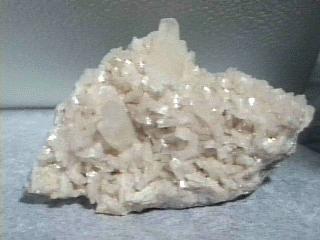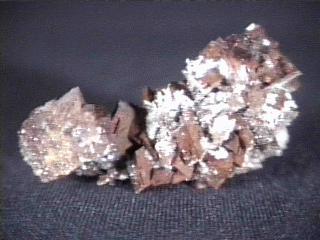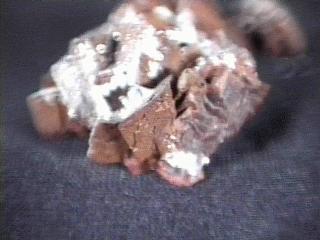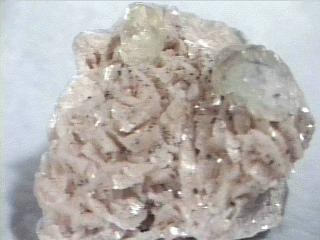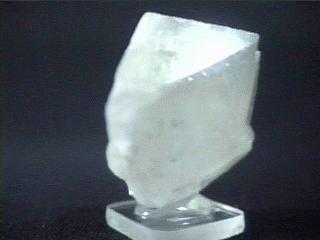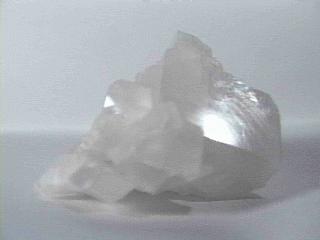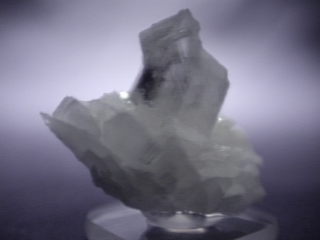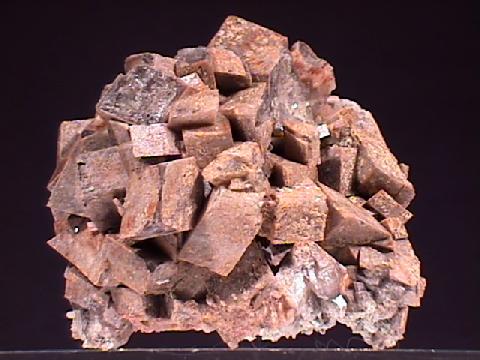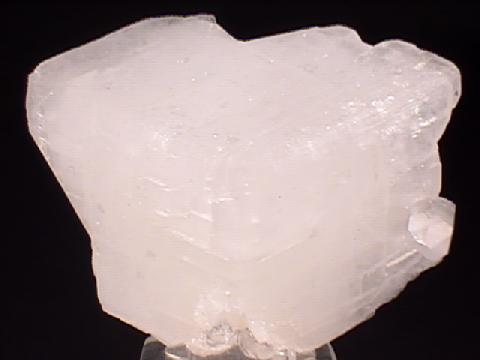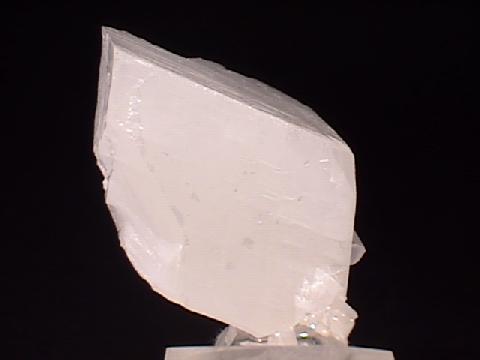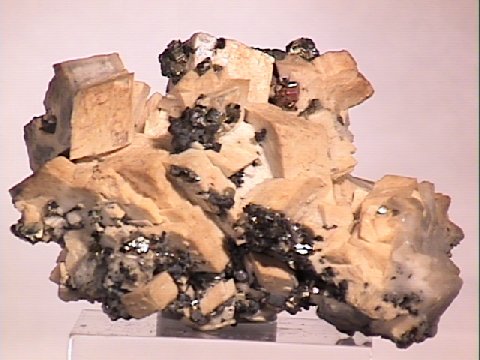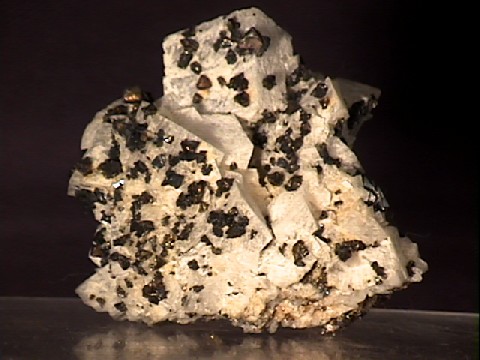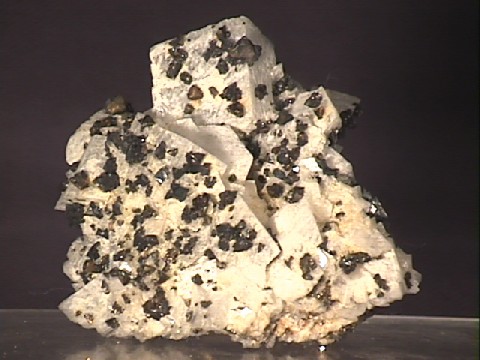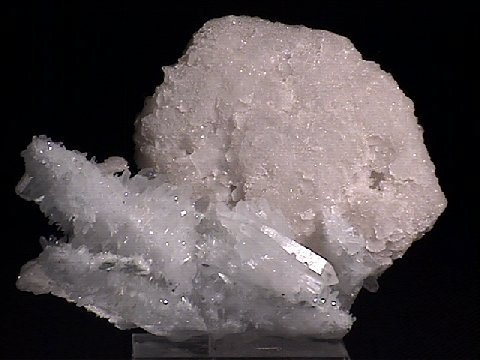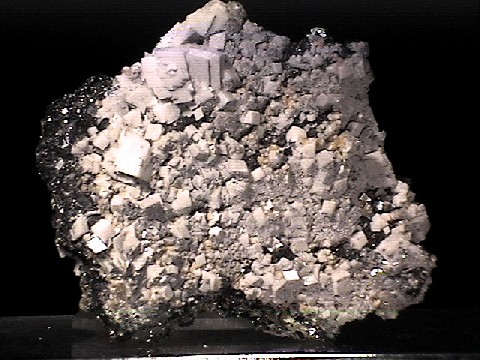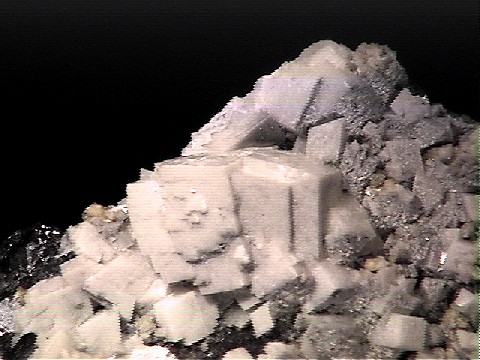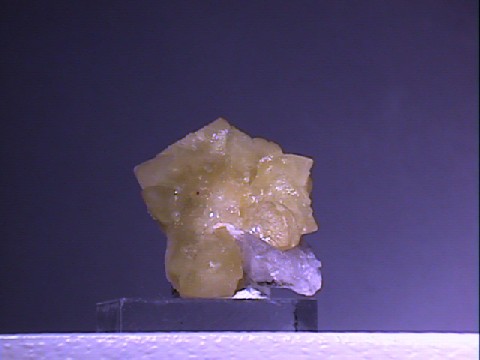 DOLOMITE
DOLOMITE
- Chemistry: CaMg(CO3)2, Calcium Magnesium Carbonate
- Class: Carbonates
- Group: Dolomite
- Uses: in some cements, as a source of magnesium and as mineral specimens.
Specimens
Dolomite in addition to the sedimentary beds is also found in metamorphic marbles, hydrothermal veins and replacement deposits. Except in its pink, curved crystal habit dolomite is hard to distinguish from its second cousin, calcite. But calcite is far more common and effervesces easily when acid is applied to it. But this is not the case with dolomite which only weakly bubbles with acid and only when the acid is warm or the dolomite is powdered. Dolomite is also slightly harder, denser and never forms scalenohedrons (calcite's most typical habit).
Dolomite differs from calcite, CaCO3, in the addition of magnesium ions to make the formula, CaMg(CO3)2. The magnesium ions are not the same size as calcium and the two ions seem incompatible in the same layer. In calcite the structure is composed of alternating layers of carbonate ions, CO3, and calcium ions. In dolomite, the magnesiums occupy one layer by themselves followed by a carbonate layer which is followed by an exclusively calcite layer and so forth. Why the alternating layers? It is probably the significant size difference between calcium and magnesium and it is more stable to group the differing sized ions into same sized layers. Other carbonate minerals that have this alternating layered structure belong to the Dolomite Group. Dolomite is the principle member of the Dolomite Group of minerals which includes ankerite, the only other somewhat common member.
Dolomite forms rhombohedrons as its typical crystal habit. But for some reason, possibly twinning, some crystals curve into saddle-shaped crystals. These crystals represent a unique crystal habit that is well known as classical dolomite. Not all crystals of dolomite are curved and some impressive specimens show well formed, sharp rhombohedrons. The luster of dolomite is unique as well and is probably the best illustration of a pearly luster. The pearl-like effect is best seen on the curved crystals as a sheen of light can sweep across the curved surface. Dolomite can be several different colors, but colorless and white are very common. However it is dolomite's pink color that sets another unique characteristic for dolomite. Crystals of dolomite are well known for their typical beautiful pink color, pearly luster and unusual crystal habit and it is these clusters that make very attractive specimens.
PHYSICAL CHARACTERISTICS:
- Color is often pink or pinkish and can be colorless, white, yellow, gray or even brown or black when iron is present in the crystal.
- Luster is pearly to vitreous to dull.
- Transparency crystals are transparent to translucent.
- Crystal System is trigonal; bar 3
- Crystal Habits include saddle shaped rhombohedral twins and simple rhombs some with slightly curved faces, also prismatic, massive, granular and rock forming. Never found in scalenohedrons.
- Cleavage is perfect in three directions forming rhombohedrons.
- Fracture is conchoidal.
- Hardness is 3.5-4
- Specific Gravity is 2.86 (average)
- Streak is white.
- Other Characteristics: Unlike calcite, effervesces weakly with warm acid or when first powdered with cold HCl.
- Associated Minerals: include calcite, sulfide ore minerals, fluorite, barite, quartz and occasionally with gold.
- Notable Occurrences include many localities throughout the world, but well known from sites in Midwestern quarries of the USA; Ontario, Canada; Switzerland; Pamplona, Spain and in Mexico.
- Best Field Indicators are typical pink color, crystal habit, hardness, slow reaction to acid, density and luster.



